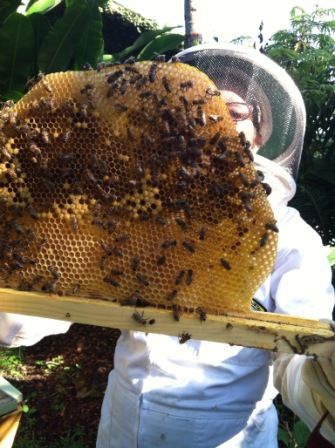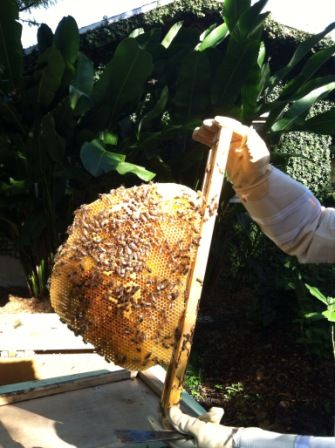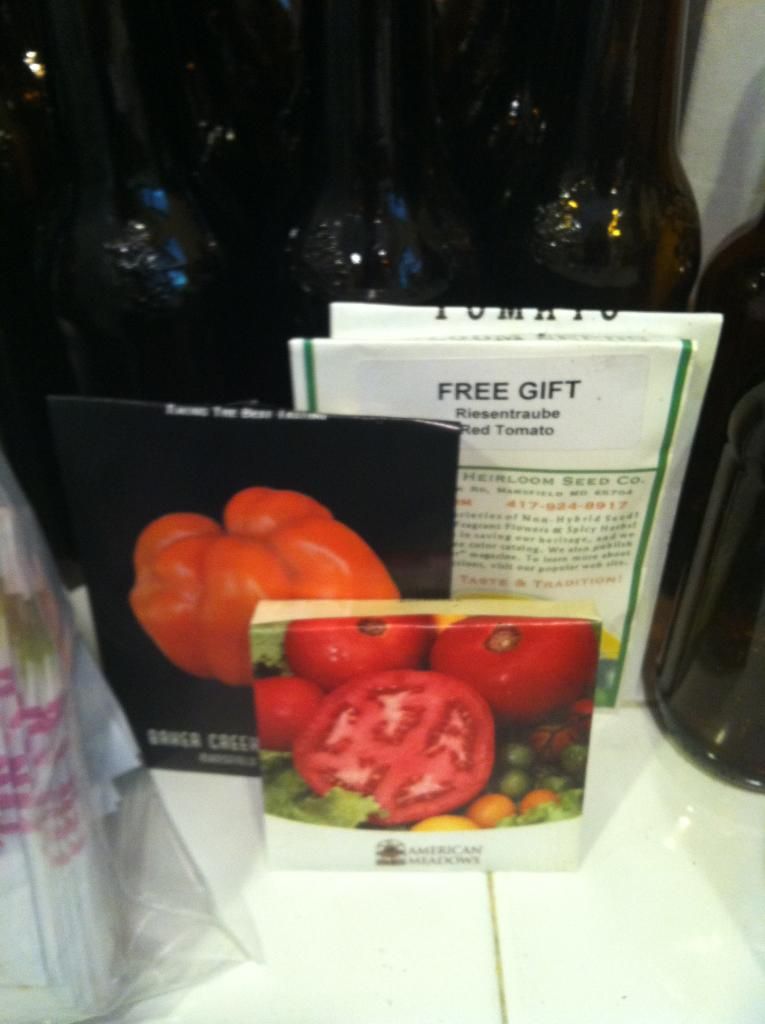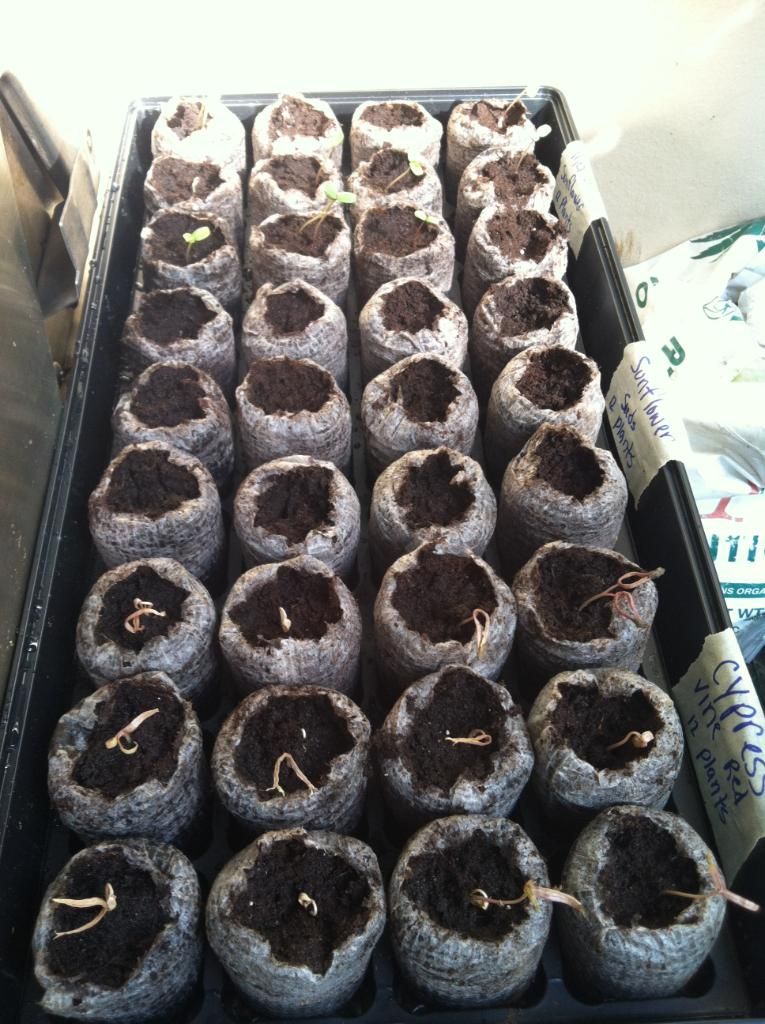Distribution of Brazilian pepper tree throughout Florida is widespread, although limited to the warmer areas due to sensitivity to cold temperatures. Brazilian pepper can be found as far north as Levy and St. Johns Counties, and as far west as Santa Rosa County. It is an aggressive invader of disturbed habitats; this characteristic has led to its placement on the Florida Exotic Pest Plant Council’s list of invasive species. Many plant communities such as hammocks, pinelands and mangrove forests are often invaded and dominated by Brazilian pepper trees. The family Anacardiaceae contains poison ivy, poison oak, poison sumac, and Schinus terebinthifolius, or Brazilian pepper-tree. People sensitive to poison ivy, oak or sumac may also be allergic to the Brazilian pepper tree because it also has the potential to cause dermatitis to those with sensitive skin. Some people have also expressed respiratory problems associated with the bloom period of pepper tree. Brazilian pepper-tree is a shrub or small tree that reaches over 30 feet in height, typically with a short trunk hidden in a thicket of branches. Some trees can live over 30 years. The leaves are alternately arranged with 1-2 inch long, elliptic, and finely toothed leaflets. The leaves are also reddish, often possessing a reddish mid-rib. The flower clusters are white and 2-3 inches long with male and female flowers that look very similar. The glossy fruits are borne in clusters that are initially green, becoming bright red when ripe. Seeds are dark brown and 0.3 mm in diameter. Flowering occurs from September through November and fruits are usually mature by December. This shrub/tree is one of the most aggressive and wide-spread of the invasive non-indigenous exotic pest plants in the State of Florida. There are over 700,000 acres in Florida infested with Brazilian pepper tree. Brazilian pepper tree produces a dense canopy that shades out all other plants and provides a very poor habitat for native species. This species invades aquatic as well as terrestrial habitats, greatly reducing the quality of native biotic communities in the state. Birds and mammals are the primary mechanisms for dispersal, although seeds may be transported via flowing water. Seeds are viable for up to 2 months, losing viability as time progresses. Germination is improved by scarification. Typically, acids in an animal’s digestive tract provide adequate scarification required for germination. The invasiveness of Brazilian pepper tree in Florida can be attributed to its high germination rates and dispersal agents.
I had no idea the Brazilian pepper tree was related to the poison ivy, poison oak, poison sumac. When I was young girl I was highly allergic to all poisons. I talked about all my fond memories as a child playing in the fields and climbing vines in the mountains. It got to the point that if the wind blew I got poison oak, ivy or sumac. I am not sure that this was a fond memory but I do remember being one big pustule. My parents considered getting me desensitized but were advised against it. I must have outgrown this allergy. I should be careful now that I know that the Brazilian pepper is related to the poison ivy, oak and sumac, although I don’t have any desire to go rub up against it. I have enough difficulty being allergic to my bees.
Before I started bee keeping I had no idea what a Brazilian pepper tree was. Now I actually look forward to its blooms and invasiveness. It is almost a year since I started beekeeping. I got my hives October 21, last year. That is when I first learned of the Brazilian pepper tree and how important it is as a nectar source for our bees. I quickly investigated what this tree was all about and discovered that it is really not a tree you want in your yard because of its invasiveness, but if you are a beekeeper you sure are glad if you have any within the bees foraging radius. I actually went in search of this tree. I discovered that my neighborhood is completely covered with this tree around the perimeter. I am really glad that my bees get to enjoy the pollen and nectar provided by this tree. Right now I can see the little white buds of the flower cluster starting to open.
I went into the hive the other day and discovered a large amount of pollen and nectar in the cells. All the hives had a very distinctive color about them, almost golden. My mentor Inese told me that this is the color of the nectar and pollen from the Brazilian pepper. The nectar that is in the cells has an almost iridescent color to it. I remember last year at Christmas when I harvested my first honey it was from the Brazilian pepper tree, it was very dark and delicious tasting. I look forward to harvesting this honey again this year. I took a picture of the honeycomb so that you could see the color; inside the hive box the wood also had this distinct color. The bees are busy capping some very nice honey; I look forward to harvesting this honey in the months ahead.
 |  |













